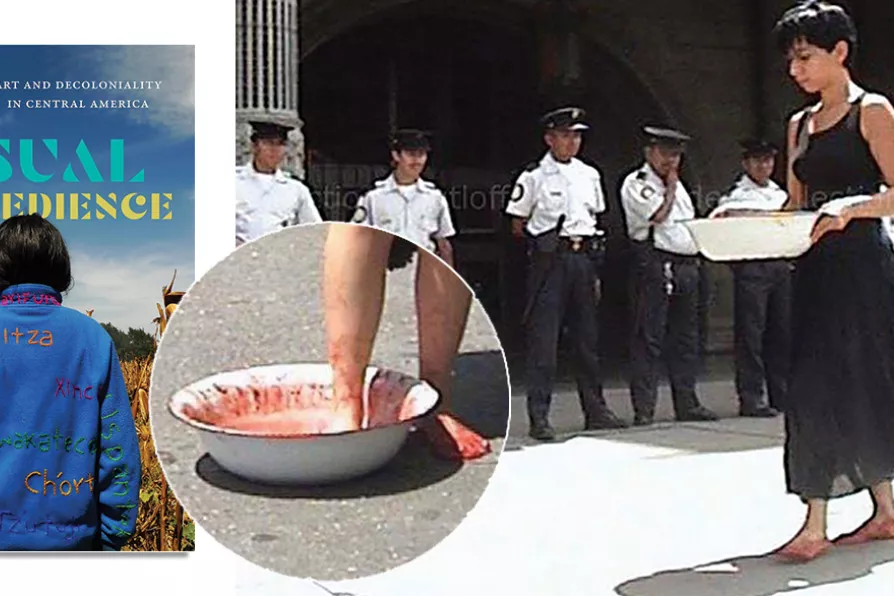MARIA DUARTE is swept along by the cocky self-belief of a ping-pong hustler in a surprisingly violent drama

 FORGOTTEN GENOCIDE: Regina Jose Galindo, “¿Quien puede borrar las huellas?”, (“Who can erase the footprints?”)
[Lutz Teutloff Museum/flickr/CC]
FORGOTTEN GENOCIDE: Regina Jose Galindo, “¿Quien puede borrar las huellas?”, (“Who can erase the footprints?”)
[Lutz Teutloff Museum/flickr/CC]
Visual Disobedience: Art and Decoloniality in Central America
Kency Cornejo, Duke University Press, £22.99
IT is a breathtaking revelation to learn that, to date, no US academic book has offered a history of Central American art, analysed it in relation to the legacies of its own brutal colonialism in the isthmus, or examined the resulting decolonial resistance this has spawned.
Such a powerful observation by Kency Cornejo in itself represents a protest against the sub-region’s invisibility in colonial aesthetics, and the author goes on to offer potent examples of the creative backlash this has given rise to.
It is not a niche observation confined to the rarefied air of university art history departments but one with profound significance for postcolonial studies that extends far beyond the field in real time.

On the centenary of the birth of the anti-colonial thinker and activist Frantz Fanon, JENNY FARRELL assesses his enduring influence













